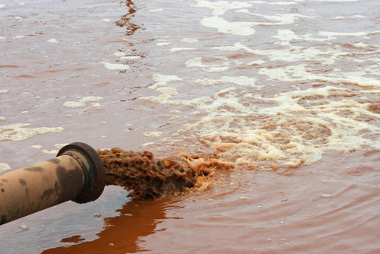O relief corresponds to the shapes of the physical landscapes of planet Earth, so that over the years, they were constituted by internal agents (endogenous) and external (exogenous) to nature.
Relief shapes and their characteristics
Overall, the four main types of relief are: plains, plateaus, mountains and depressions.
plateaus
Plateaus or plateaus designate flat surfaces with high altitudes (above 300 meters), a striking feature that distinguishes them from plains.
There are three main types of plateaus:
- Sedimentary (formed by sedimentary rocks);
- crystalline (formed by crystalline rocks);
- Basaltics (formed by volcanic rocks).
The highest plateau in the world is the Tibetan Plateau, located in the Tibet region of Western Asia, with an average altitude of 4000 meters.
plains
Plains designate the flat surfaces of low altitudes (up to 100 meters), formed by sedimentary rocks.
The so-called “coastal plains” correspond to flat terrain close to the coastal region. According to their forming agents, the plains are classified into:
- coastal (sea);
- River (River);
- Ltreasure (lake).
The largest floodplain in the world is the Pantanal, with more than 200 thousand square kilometers of extension, located mostly in Brazil (70%) and the other portions between Bolivia and Paraguay.
know more about plains and plateaus.
depressions
At depressions characterize lowered planes, considered the lowest altitudes found on the planet (100 to 500 meters), formed mainly by the phenomenon of erosion.
There are two classifications regarding this type of relief:
- Absolute depression: that which is situated below sea level;
- Relative depression: which is located above sea level.
The Dead Sea, located in the Middle East, is considered the largest absolute depression in the world, 400 meters below sea level.
mountains
At mountains they are great elevations constituted over the years by volcanic activity, earthquakes and other natural manifestations.
According to the natural phenomena suffered over the years, the mountains are classified into:
- Volcanic (formed from volcanoes);
- folded (formed by tectonism or the folding of the earth);
- Failed (formed by faults in the earth's crust);
- Erosion (formed from erosion).
The highest mountain in the world, in relation to sea level, is Mount Everest, in the Himalayas, with 8,850 meters of altitude.
Other types of relief
However, there are other forms of relief that are distinguished by their peculiarities, the most common being:
- mountain ranges (sets of saws),
- hills (small land elevation),
- saws (set of mountains),
- Plates (flat terrain at the top of the mountain),
- vouchers (great depression), among others.
Learn more about relief forms.
Brazilian relief
The most used classification for the relief of Brazil is the methodology established by the Brazilian geographer Jurandyr Ross, in 1989. According to him, the Brazilian relief is divided into plateaus, plains and depressions.
Note that Brazil is located on a large tectonic plate, which prevents collision with other plates, thus avoiding the existence of natural phenomena such as earthquakes and tsunamis.
In general, the Brazilian relief is marked by low altitudes, since the highest peak in the country is located in the state of Amazonas, in Serra do Imeri, with 2994 meters of altitude.
relief agents
You relief agents modify the planet earth, just like the phenomena that act from the inside to the outside of the earth's crust, the so-called endogenous agents, for example, earthquakes, movement of tectonic plates, volcanoes, among others.
On the other hand, there are the exogenous agents of the relief, that is, those that act from outside to inside the earth's crust, modifying the surface of the land, namely: human actions and natural actions, (wind, rain, glaciers, climate, animals, etc).
In summary, it is concluded that the relief comprises the set of elevations and depressions of the earth's crust, classified according to its structure, composition and geological processes.
Learn more about the topic by reading the article:
- Types of rocks
- Brazil's geological structure
- Enem geography: subjects that fall the most



